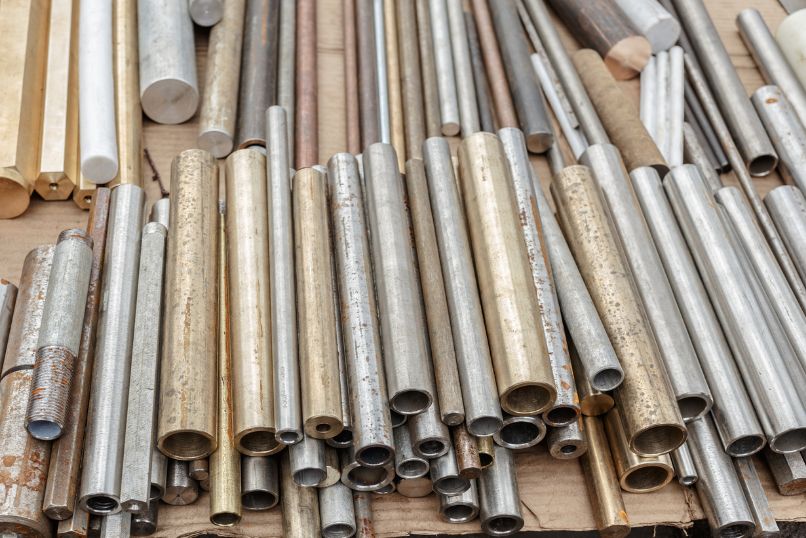Bronze alloys have been popular in various applications for centuries. However, they don’t all meet the same durability and performance standards. Aluminum bronze has been gaining popularity in the industrial and aerospace sectors due to its high strength, corrosion resistance, and thermal stability.
How do engineers test the durability of aluminum bronze? Let’s explore the process and what factors contribute to its performance.
Key Properties of Aluminum Bronze
First, let’s discuss what makes aluminum bronze unique. Aluminum bronze is a copper-based alloy with typically 5–11 percent aluminum, iron, nickel, and manganese. The high aluminum content contributes to its strength, hardness, and corrosion resistance. Additionally, it can withstand high temperatures and thermal stress.
Aluminum bronze is perfect for marine environments, chemical and petrochemical processing, and electrical engineering. Its high electrical conductivity, low magnetic permeability, and superior resistance to spark erosion make it ideal for switchgear and other electrical components.
Testing Methods for Durability
Testing aluminum bronze for durability involves assessing its mechanical and thermal properties and corrosion resistance. Here are some common testing methods:
Tensile Testing :
Tensile tests measure a material’s ability to withstand stretching or pulling. It can determine the alloy’s yield strength, ultimate tensile strength, and elongation. The results of tensile testing help fabricators optimize objects with high tensile strength, such as bolts, nuts, and connecting rods.
Hardness Testing :
Hardness testing assesses the material’s resistance to deformation or indentation. The Rockwell, Brinell, and Vickers methods are common for determining the hardness of aluminum bronze. This value lets engineers compare different alloys and select the appropriate heat treatment.
Corrosion Testing :
Corrosion resistance is vital for aluminum bronze in marine and chemical environments. Corrosion testing evaluates the alloy’s resistance to pitting, crevices, and galvanic corrosion. The most common tests include salt spray, immersion, and electrochemical methods. The results of corrosion testing help fabricators optimize the alloy’s composition and surface treatment.
Thermal Testing :
Thermal stability and resistance are essential for aluminum bronze in high-temperature environments. Elevated temperature tests measure an alloy’s ability to withstand thermal stresses, such as thermal shock, creep, and oxidation.
Standards and Specifications for Aluminum Bronze
National and international standards govern aluminum bronze production, testing, and use. ASTM International, SAE International, ISO, and DIN are some organizations that issue aluminum bronze standards and specifications. These standards cover the alloy composition, physical and mechanical properties, tolerances, and testing methods.
The durability of aluminum bronze is a result of its unique composition. Testing aluminum bronze involves various methods that evaluate its behaviors. The results of these tests can help you select the appropriate alloy, processing, and applications. With its outstanding performance and reliability, aluminum bronze is a favored material in various industries.
If you’re looking for an aluminum bronze alloy, Wieland Diversified offers a wide range of high-quality alloys and technical support for your needs. Contact us today to learn more about our products and services.

